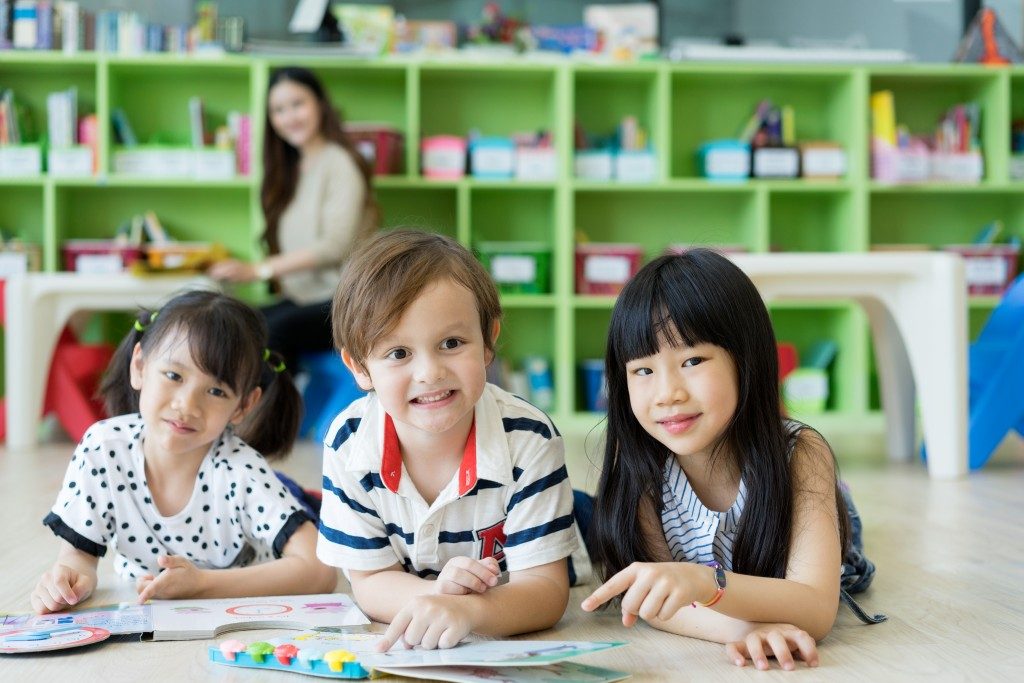If you’re familiar with the value of continued learning, you’ll know that keeping an open mind is vital to picking up new skills and forming good habits even in adulthood. Yet many grown-ups seem to have forgotten that a love of learning starts in early childhood, and is nourished further as you grow older. How effectively kids learn in school can certainly go a long way towards shaping their future; here are some ways in which the classroom learning environment can be improved for today’s children.
Improved comfort
Any adult with the experience of working long hours seated at a desk will understand how important it is to have good ergonomics in the classroom; you can’t blame kids for being distracted if they aren’t in a comfortable space. Teachers in Australia have used modular modern classroom furniture to create arrangements of different shapes and heights, accommodating variation in children’s growth rates and seating preferences. Allowing kids to move chairs and tables around, and providing them with more open space in which to work can help facilitate creative thinking and problem-solving.
Increased interactions
The classroom isn’t just a physical environment in which teachers provide instruction to students; it’s also a critical social space where children interact with each other. The hundreds of little daily interactions among kids in a classroom can exert a strong influence. With the right techniques, a teacher can foster positive behaviour and correct problem habits among their students. Amplifying such positive interactions in the classroom will make the teacher’s work easier and collectively generate good influences among the children.
Routines and activities
Grown-ups can have mixed feelings about routines; the same person may appreciate the productivity benefits of adhering to a schedule while also craving some variety and free time. When you’re older, your background influences this preference, but at an early age, all children need a sense of structure provided by consistent classroom routines and activities. Fun activities in the morning can help ease the anxiety of separation from parents; clean-up time towards the end of the day helps to develop the habit of being tidy. As their energy and attention levels fluctuate throughout the day, teachers can maximize the learning environment by varying the activities, mixing up play, rest, and reading accordingly.
Integration with technology

There will always be a place in the classroom for books, toys, colourful visual aids, and other analog tools which kids can interact with and learn from any time. At the same time, though, modern technology is becoming increasingly integrated with our lives, and you may know a few parents whose young children already have access to a tablet or phone. Using new devices can be more stimulating to children, and provide teachers with another tool with which to engage and instruct their students effectively.
Outdoor spaces
Of course, kids don’t like staying indoors every day at school. It’s natural for them to want to explore the world outside, and even if that’s just a small courtyard or playground next to the classroom, having such access to an outdoor space will give the children an exciting change of scenery. Installing educational materials in these areas will make use of the child’s natural curiosity and let them learn of their initiative by interacting with this new environment.
By making these thoughtful adjustments to the classroom environment, educators and caregivers can help foster good habits and better learning for all the children in their care.

